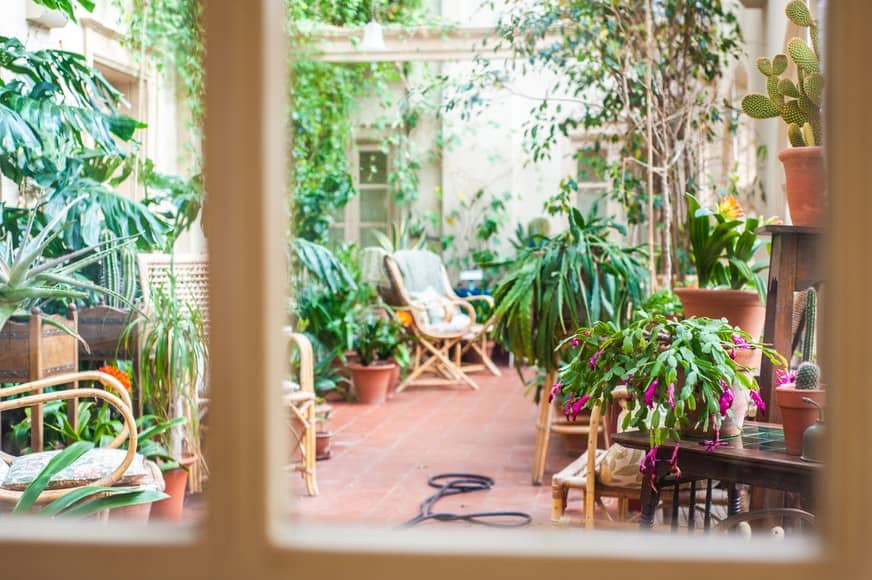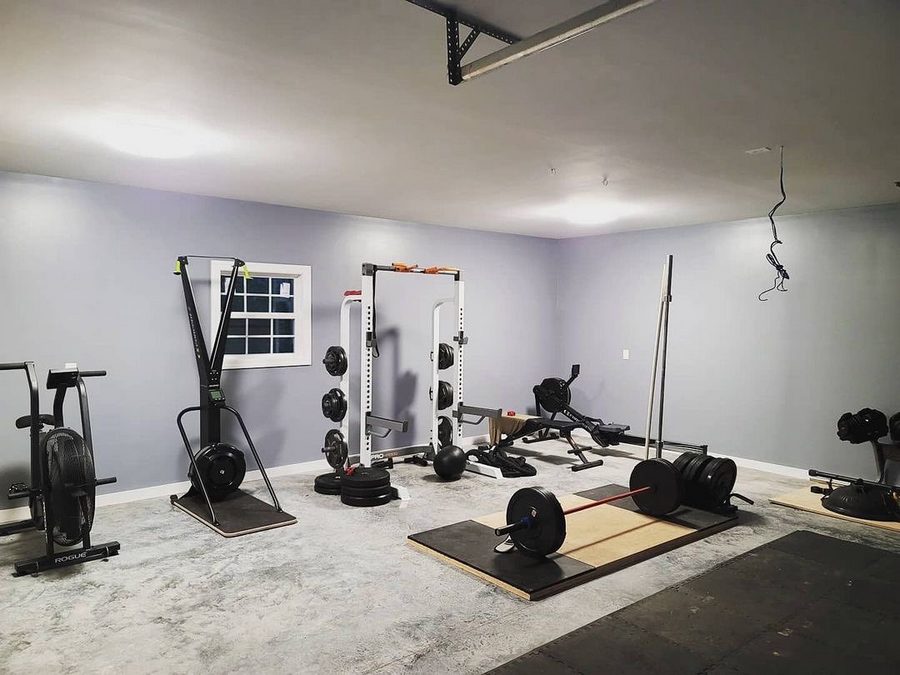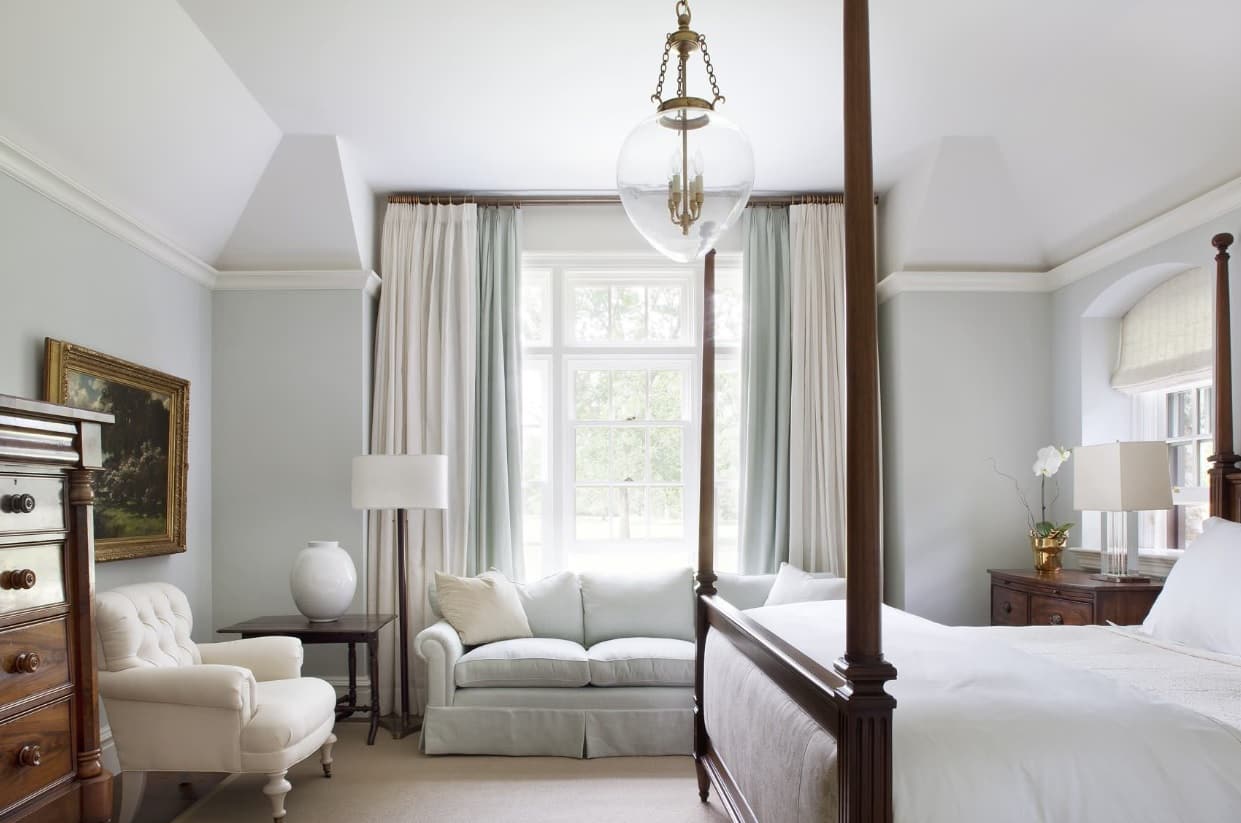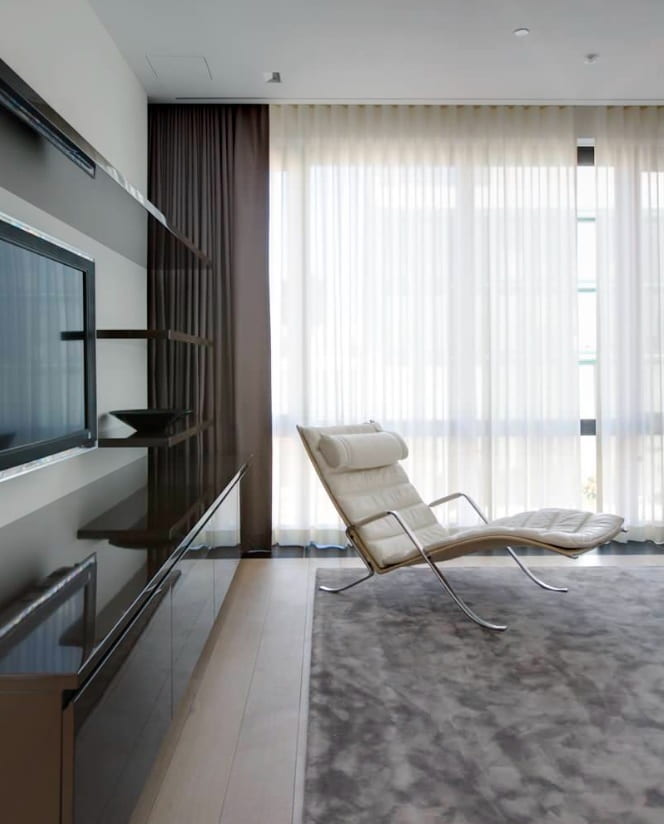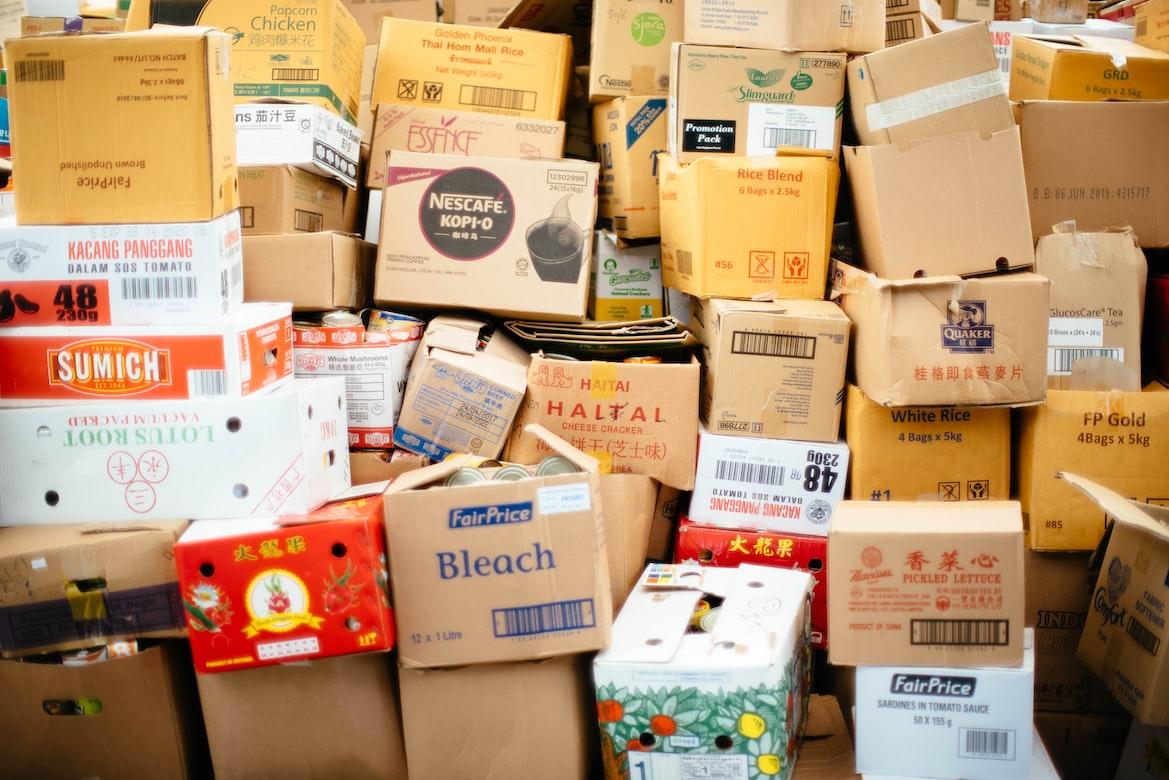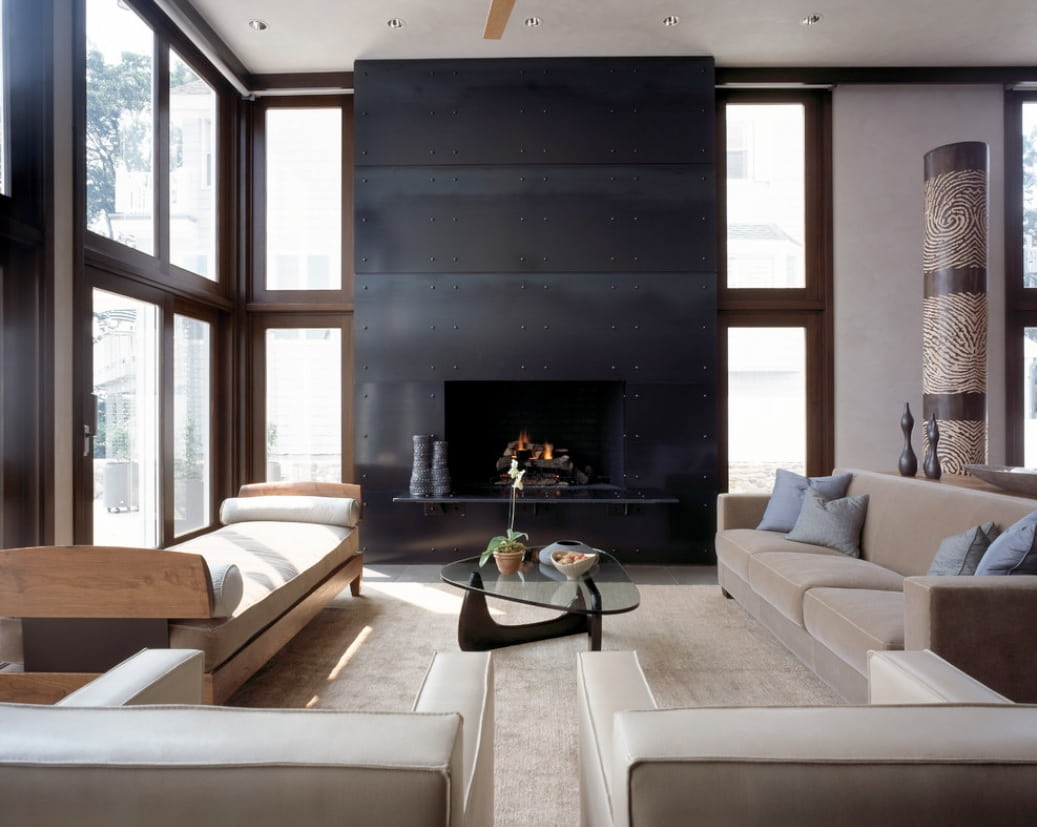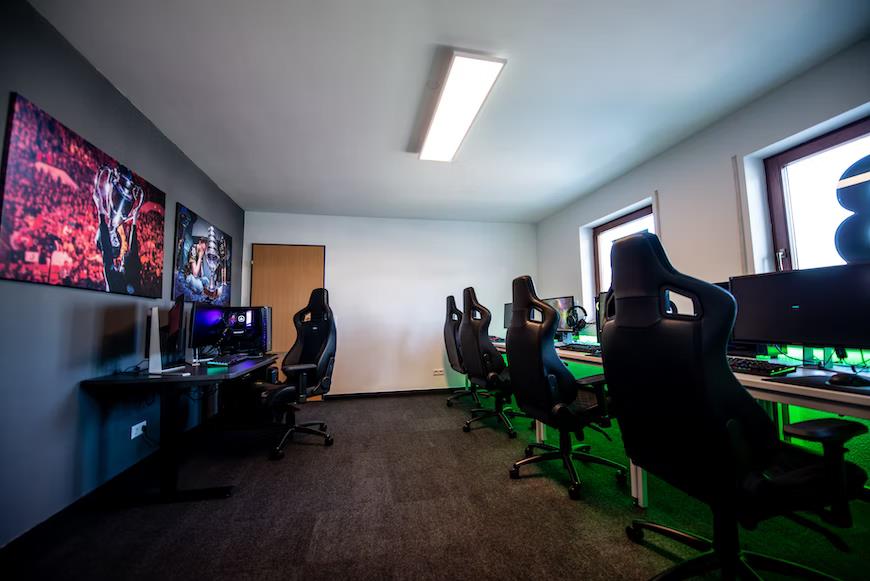A sprawling backyard studded with colorful flowers, fresh produce, and herbs – it’s the dream that many city dwellers harbor. There’s nothing better than waking up to the sight of a vibrant garden outside your home. Imagine walking barefoot on the grass, and picking the freshest fruits and vegetables for your next meal.
If you’re living in an urban apartment, you’ll have to put those dreams on the back burner until you can retire and move to the countryside.
But that shouldn’t stop you from enjoying the benefits of your very own garden. The good news is that you can use various container gardening options to add a touch of green to your living space. From rooftops and balconies to windowsills – it’s possible to create a dainty garden in any section of your apartment.
The Joy of an Apartment Garden
Apart from giving your home a vibrant look, building an apartment garden is beneficial for your physical and mental health too. A recent study shows that being surrounded by plants boosts your memory retention by up to 20%. It even enhances your creativity and cognitive performance.
Then there’s the added benefit of growing your own produce without chemical-based fertilizers and pesticides. Apart from providing you with nourishing food, it’s easier on your pocket too. Moreover, plants help purify the air inside your home and minimize your carbon footprint.
So, whether you’re looking to pick up a new hobby or transition into a sustainable lifestyle, building a container garden in your apartment is a great idea. In the following sections, we’ve outlined a few useful tips to help you get started. Let’s take a look.
Set Clear Expectations
First things first – you need to understand the reality of building a garden in your apartment. If you’re hoping to convert your balcony into a full-fledged farm, you’re going to be disappointed. It’s because an apartment garden comes with numerous constraints in terms of soil, water, and sunlight availability.
That’s why it is important to get a reality check before you venture into gardening. Evaluate the pros and cons of container gardening, and understand what you can grow and what’s out of reach.
Choose the Right Location
If you’re a gardening newbie, your instinct will tell you to convert your apartment’s balcony into a garden. But before you start getting new planters and seedlings for the garden, check whether your balcony fits the bill at all.
Explore answers to the following questions:
- Does your balcony get ample sunlight during the day?
- Is it possible to shield your balcony from wind, sleet, rain, and snow?
- Is your balcony situated close to a powerful heat source, such as a radiator or oven?
Your answers to these questions will determine whether your balcony is suitable for container gardening. Also, consult the building board or landlord regarding the weight restrictions for your apartment.
So, if your balcony doesn’t offer the best conditions for container gardening, what are your other options?
A simple hack is to look for any well-ventilated section of your home that receives plenty of sunlight. Make sure the area is easily accessible too.
Windowsills and window boxes are great options for container gardening. Alternatively, you could build a vertical garden on a well-lit wall. You could even hang planters from the ceiling.
Enrich the Soil
Unlike a traditional farm, the soil in pots and planters continues to lose its nutrients. That’s why it is important to replenish the soil with fertilizers. Use vegetable peels and food scraps to make compost. Or you could buy potting soil from a nearby nursery to ensure that your plants continue to get the necessary nutrients.
Watch the Weather
The key to successful container gardening is to select low-maintenance plants that can survive with limited sunlight and water. But you’ll need to change the position of different plants based on the weather.
For instance, some plants might need to be moved indoors during winter to protect them from colder temperatures. Similarly, if you’re growing cactus or aloe vera, make sure you keep them indoors during rainy weather.
Get the Right Plants
Succulents and air purifying plants aren’t the only options for an apartment garden. From herbs and microgreens to lettuce and chard – you can grow a wide variety of plants. Once you get the hang of container gardening, you can transition to vegetables, such as tomatoes and beans as well.
In Conclusion
Dressing up your garden with new plants and accessories is one of the most rewarding experiences. If you’re planning to start a garden in your apartment, make sure you choose the right location and plants. Also, take suitable measures to protect your plants from adverse weather and pests to have a healthy and thriving garden.

